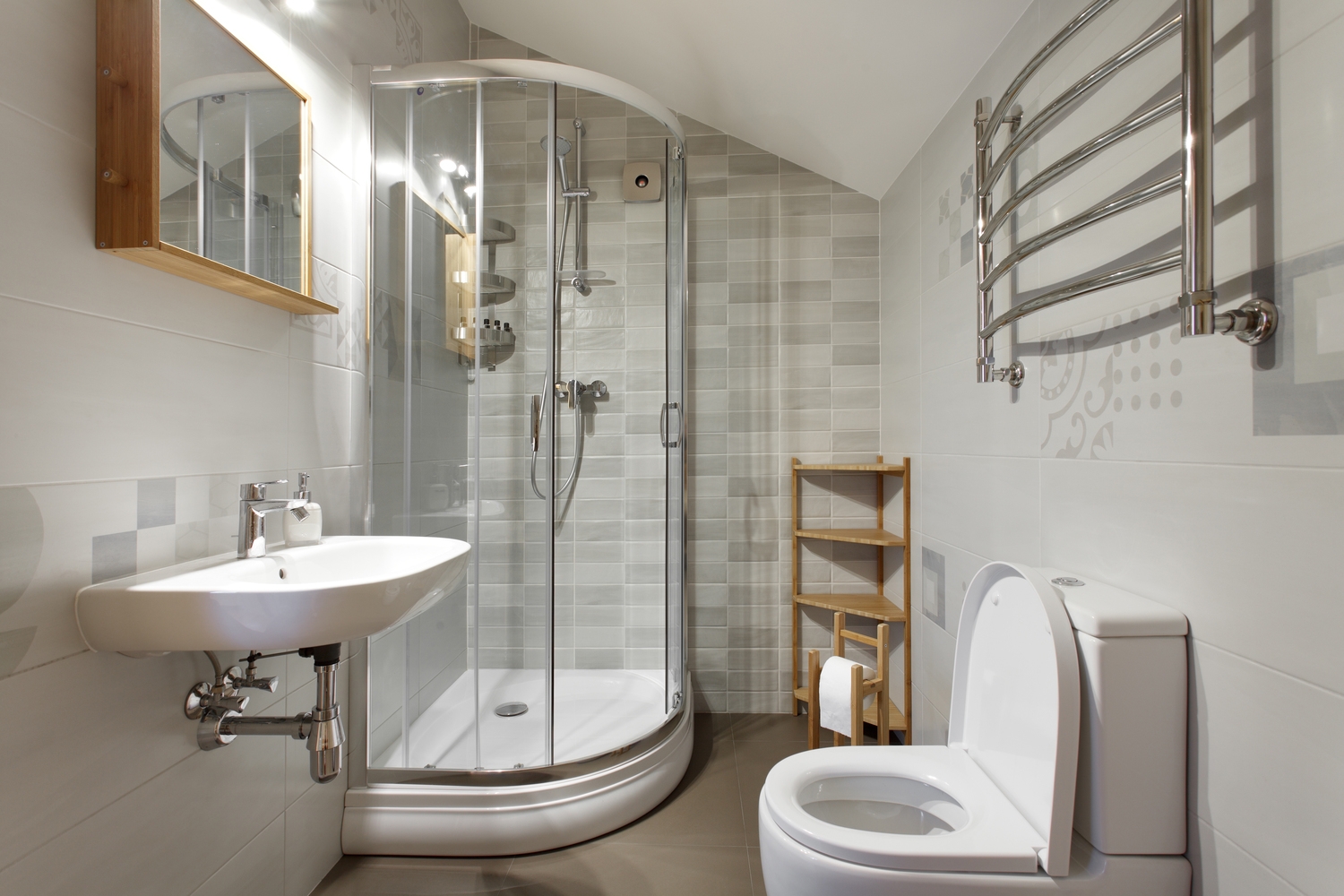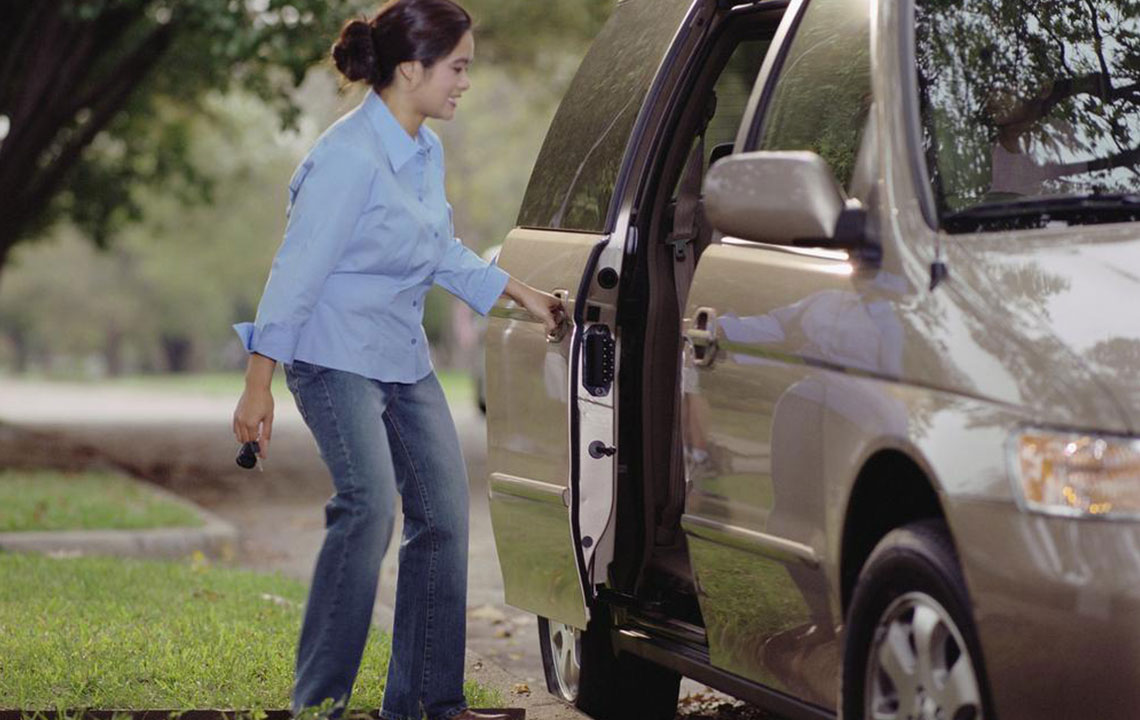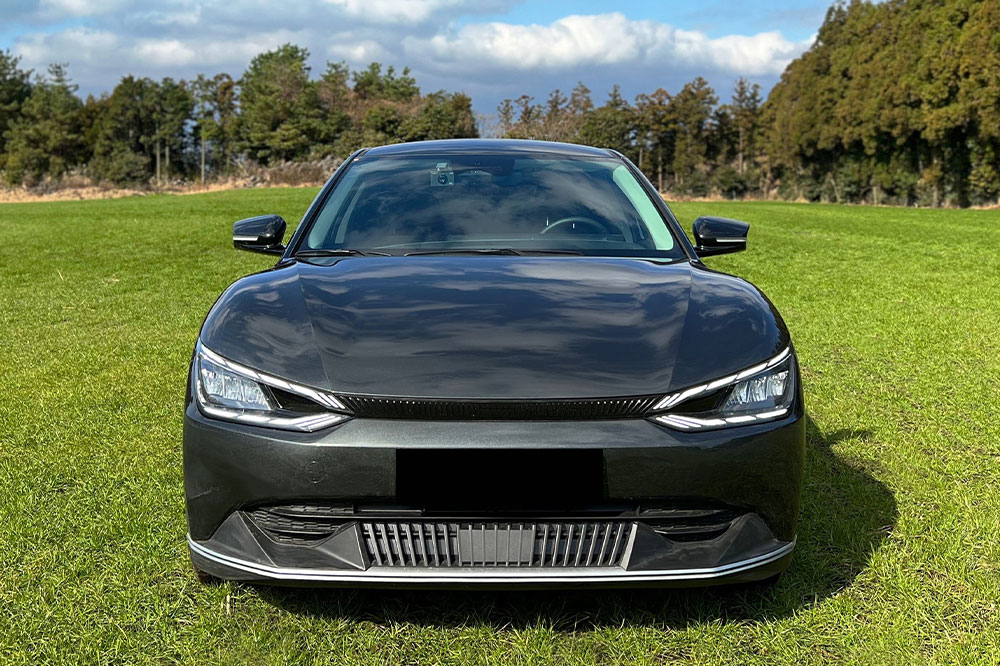Comprehensive Guide to Senior-Friendly Bathroom Renovations: Costs, Features, and Planning Tips
This comprehensive guide explores senior-friendly bathroom renovations, covering essential safety features, cost estimates, key planning tips, and how to choose reliable contractors. It emphasizes the importance of accessible design to promote safety, independence, and increase home value for seniors. From walk-in tubs to slip-resistant flooring, learn how to transform a bathroom into a secure, comfortable space tailored for aging residents. Budgeting and expert advice ensure a smooth renovation process, helping seniors maintain their autonomy and enjoy a better quality of life at home.

Comprehensive Guide to Senior-Friendly Bathroom Renovations: Costs, Features, and Planning Tips
As the aging process progresses, ensuring that your bathroom remains a safe, accessible, and comfortable space becomes increasingly important. Bathrooms pose unique safety risks for seniors due to slippery surfaces, limited mobility, and outdated fixtures, which can contribute to falls and injuries. Renovating bathrooms with senior-friendly features not only minimizes these hazards but also enhances overall convenience and independence. This extensive guide delves into various bathroom renovation options specifically designed for seniors, including walk-in tubs, grab bars, non-slip flooring, and other modifications. It discusses associated costs, essential planning considerations, and how to select the right professionals to ensure a successful upgrade, helping seniors enjoy a safer, more functional bathroom environment that supports their lifestyle and increases home value.
The Critical Importance of Bathroom Updates for Seniors
Bathroom modifications are crucial for ensuring safety and promoting independence among seniors living at home. As individuals age, their mobility can decrease, and their balance may become less reliable. These changes heighten the risk of slips, trips, and falls, especially in one of the most commonly used spaces in the house. Simple enhancements such as installing grab bars, non-slip flooring, or raised toilets can significantly reduce injury risks and provide added stability during daily routines. More extensive renovations—like walk-in showers or accessible vanity setups—can create an environment that supports aging in place, enabling seniors to maintain their autonomy longer and improve their overall quality of life.
Creating a safe bathroom environment is vital to prevent slips and falls, which are prevalent among older adults. Incorporating safety features such as grab bars near toilets and showers, slip-resistant flooring, and walk-in tubs can drastically lessen hazards. Accessibility enhancements—including raised toilets, wider doorways, and ergonomic fixtures—further support independent living by making daily tasks easier and safer. Additionally, comfort features like heated floors and easy-to-operate fixtures can improve usability and satisfaction. This comprehensive approach not only safeguards residents but also adds value to the home, attracting future buyers and appealing to aging homeowners.
Enhancing Home Safety and Increasing Property Value
Strategic bathroom upgrades serve dual purposes: they safeguard current residents and enhance the home's market appeal. Safety improvements are highly attractive to potential buyers, especially those looking for accessible homes suitable for aging populations. Upgrading bathrooms with senior-friendly features can significantly boost your property's value, making it a wise investment for long-term homeownership or resale. An accessible, well-designed bathroom creates a welcoming environment that emphasizes durability, safety, and comfort, ultimately resulting in increased home appeal and market competitiveness.
Popular Senior-Focused Bathroom Renovation Options
Several specialized bathroom renovation options focus on boosting safety, accessibility, and usability for seniors. Here are some of the most effective and popular modifications that can transform your bathroom into a safer space:
1. Walk-in Tubs
Walk-in tubs are designed with easy-entry doors, allowing seniors with mobility challenges to bathe without stepping over high thresholds. These tubs often come with safety features such as built-in seating, grab bars, and anti-scald technology to prevent burns. Walk-in tubs provide a sense of security and comfort, making bathing a safer activity, especially for those with arthritis, limited flexibility, or balance issues. Their initial investment varies based on size and features but offers significant safety benefits and increased independence.
2. Accessible Showers
Barrier-free walk-in showers are an excellent solution for seniors who prefer quick and easy access. These showers typically feature slip-resistant flooring, handheld showerheads, built-in or fold-down seats, and strategically placed grab bars for added stability. They eliminate the need to navigate a bathtub, reducing drowning and slipping risks. Their open design not only creates a contemporary aesthetic but also supports a safer and more flexible bathing experience for users with mobility or balance concerns.
3. Supportive Grab Bars
Grab bars are among the most essential safety features in any senior-friendly bathroom. Placed strategically near toilets, showers, or bathtubs, they provide necessary support for transfers and stability during movement. Proper installation on secure studs ensures maximum strength and safety, preventing slips and falls. Grab bars help seniors perform everyday tasks with confidence, reducing dependency and promoting independence in their routines.
4. Slip-Resistant Flooring
Wet surfaces are one of the leading causes of slips in bathrooms. Upgrading to textured tiles, non-slip vinyl, or rubber flooring can dramatically lower this risk. These materials provide excellent traction even when wet, and textured surfaces prevent accidental slips. Installing slip-resistant flooring is a cost-effective measure that significantly enhances bathroom safety for seniors, reducing injury risks and increasing peace of mind.
5. Elevated or Comfort-Height Toilets
Regular toilets can be difficult for seniors to sit down on or rise from, especially those with joint issues. Elevated or comfort-height toilets are designed to be higher than standard models, making transitions easier and reducing strain. These toilets often feature support rails for additional stability, making them an essential component of senior-friendly bathroom design.
6. Handheld Showerheads and Flexible Fixtures
Seated or seated-position bathing is simplified with handheld showerheads that are easy to maneuver. They offer flexibility, reduce the need for stretching or reaching, and make washing easier for individuals with limited mobility. These fixtures are typically simple to operate, increasing safety and comfort during showers or cleaning routines.
7. Widened Doorways and Accessible Layouts
Widening doors and optimizing bathroom layouts accommodate wheelchairs, walkers, or assistive devices, minimizing the risk of accidents in tight spaces. This modification enhances overall accessibility, allowing seniors to move freely and comfortably within their bathroom, and supports caregivers in assisting with daily routines.
Estimating Costs for Senior Bathroom Renovations
Understanding the typical expenses associated with bathroom upgrades is vital for budgeting and planning. Costs can vary widely based on the scope of work, materials used, and labor rates. Here's an overview of average costs for common modifications:
| Feature | Estimated Cost (USD) | Maintenance & Upkeep | Potential Senior Discounts |
|---|---|---|---|
| Walk-In Tub | $2,000 – $8,000 | Low; periodic cleaning and checks | Some providers offer 5-15% discounts |
| Accessible Shower | $3,000 – $10,000 | Minimal; routine cleaning | Discounts often available |
| Grab Bars | $80 – $300 | None specific | Usually 5-10% off with certain vendors |
| Non-slip Flooring | $5 – $15 per sq ft | Regular cleaning recommended | Possible discounts offered |
| Elevated Toilets | $200 – $800 | Little to no additional maintenance | Check with suppliers for deals |
| Handheld Showerheads | $50 – $150 | Minimal | Some promotional discounts available |
| Widened Doorways | $500 – $2,000 | Dependent on overall renovation | Available through local contractors |
*Note: Actual costs can vary based on the extent of modifications, regional labor rates, bathroom size, and custom features selected.
Factors Influencing Bathroom Renovation Expenses
Project Scope and Complexity
Basic upgrades like installing grab bars or anti-slip mats are less costly, while comprehensive renovations involving plumbing, fixtures, and flooring replacement significantly increase expenses. Clearly defining the scope helps in accurate budgeting and choosing appropriate solutions.
Material Selection
The choice of materials greatly impacts costs. High-end tiles, luxury fixtures, and custom cabinetry add to your budget but can provide better durability, aesthetics, and functionality. Consider balancing quality with your financial plan.
Labor Costs and Regional Variations
Labor rates are influenced by geographic location and project difficulty. Hiring experienced professionals ensures safety and longevity but may cost more. Obtain multiple quotes to find a balance between quality and affordability.
Permits and Regulatory Requirements
Major renovations may require permits or inspections, which add to total costs. It's important to consult local regulations and factor these expenses into your renovation budget.
Custom Features and Personalization
Items like built-in storage, custom cabinetry, or innovative fixtures enhance usability but may increase costs. These features often offer long-term value, convenience, and tailored functionality for seniors’ specific needs.
Guidelines for Selecting a Senior Bathroom Remodeler
Choosing a reputable, experienced contractor ensures the safety, quality, and longevity of your renovation project. Consider the following tips when selecting a professional:
1. Experience with Senior and Accessibility Renovations
Prioritize contractors with proven experience in senior-friendly modifications. They understand the specific safety standards and design considerations necessary for aging-in-place renovations.
2. Licensing and Insurance Verification
Always confirm that your contractor holds valid licenses and insurance to protect against liabilities, accidents, or damages during construction.
3. Availability of Senior Discounts and Promotions
Inquire about discounts for seniors or partnerships with organizations like AARP, which can help reduce project costs.
4. Customer Feedback and Portfolio Revisions
Review testimonials, ratings, and before-and-after photos to assess their reputation and workmanship quality. Personal recommendations can also provide valuable insights.
5. Warranties and Post-Installation Support
Ensure the provider offers warranties on materials and labor, providing peace of mind and coverage for future repairs or issues that may arise.
6. Obtaining Multiple Quotes and Free Consultations
Compare proposals from different contractors—many offer free estimates— to gauge price, scope, and professionalism. This approach helps in selecting the best value for your investment.
Upgrading your bathroom with senior-friendly features is a meaningful step toward safer, more independent living. Proper planning, cost considerations, and choosing an experienced contractor are vital to ensuring that the renovation meets your safety, comfort, and aesthetic needs. With the right features and professional guidance, you can create a bathroom environment that empowers seniors to age gracefully at home, reducing risks and enhancing their daily routines.





